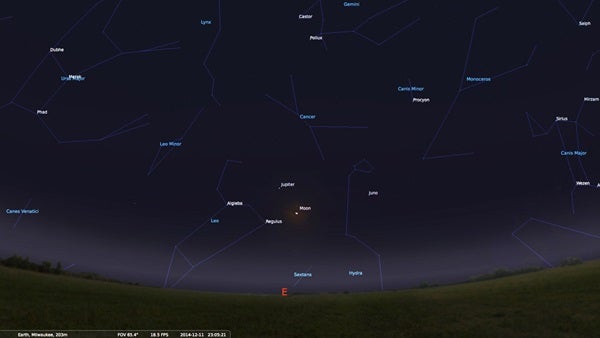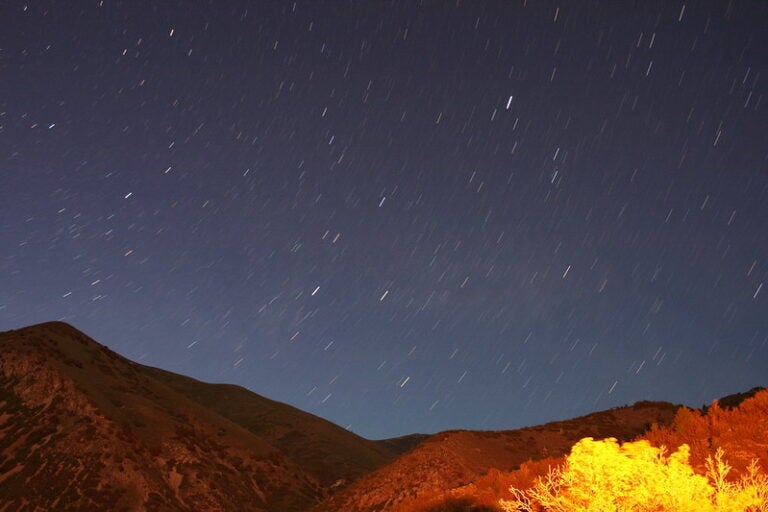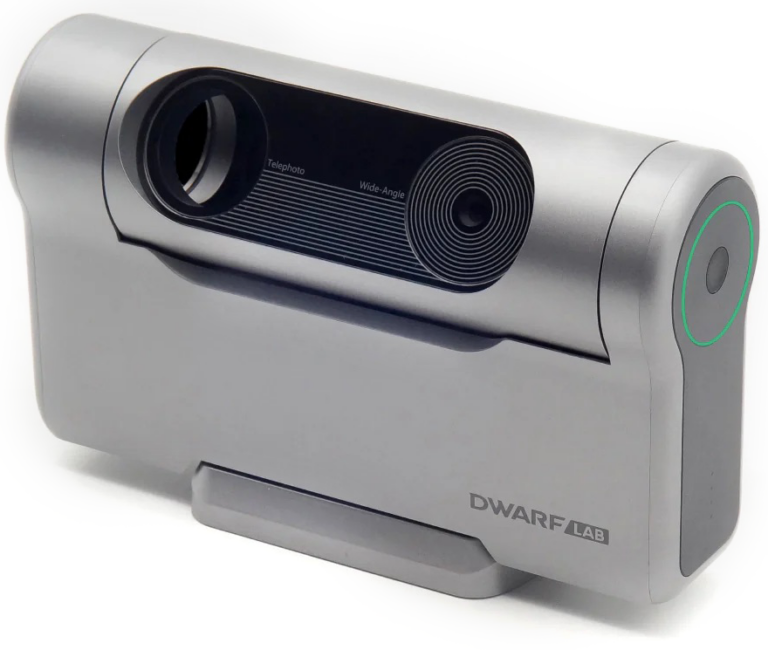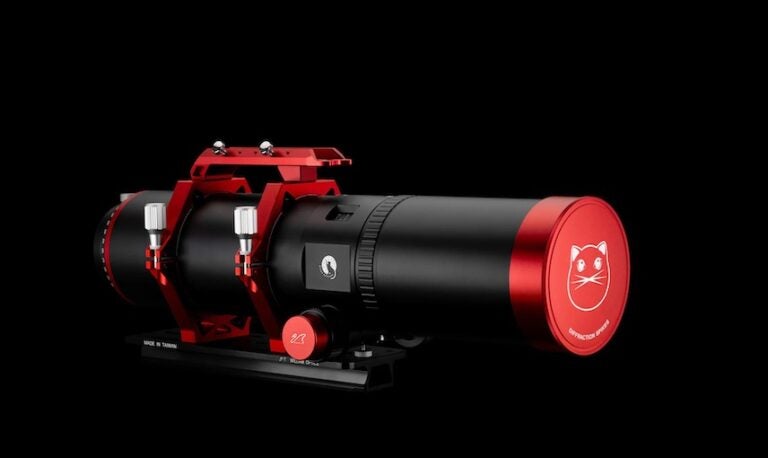TUBA
The Touring the Universe through Binoculars Atlas (TUBA, www.philharrington.net/tuba.htm) is a collaborative effort by Phil Harrington and Dean Williams designed to complement Harrington’s Touring the Universe through Binoculars (John Wiley and Sons, 1990). It includes all of the 1,100 deep-sky objects described in the book and plots stars down to 11th magnitude. These parameters make TUBA useful not only for the binocular owner, but also for the small-scope enthusiast.
TUBA could be described as a desktop planetarium, but its primary function is to produce printable sky charts. The software allows each chart to be tailor-made in accordance with the user’s specific need.
Because it’s a user-friendly program, TUBA is well suited to the novice. If you’re a techno-dope like me, you can always download a five-page help file. Alas, there is one drawback to TUBA: It’s only available in PC format.
By the way, if you don’t already own a copy of Touring the Universe through Binoculars, I urge you to pick one up. For about $20, you can buy a mint-condition edition of the book from Amazon or a similar Internet outlet.
Stellarium
Created in large part by the French programmer Fabien Chéreau, Stellarium (www.stellarium.org) is the ultimate in free planetarium software. It produces a stunning desktop image of the night sky perched atop a realistic landscape.
Stellarium runs in real time, even when not in use. Boot it up, and it’s already set for the current date and time. Leave it running for any length of time, and the stars will slowly drift across the computer screen. Should you want a past or future peek at the sky, the control panel lets you set whatever date and time you wish.
Among Stellarium’s more useful features is a zoom mode that lets the user home in on a solar system target or deep-sky object to simulate binocular and (with even more zoom) telescope views. The telescopic Moon and planets appear just as they should for the date and time selected. Even the positions of the bright moons of Jupiter and Saturn are spot on.
Stellarium is available for Windows, Mac OS X, and Linux. As is the case with TUBA, it functions nicely for those with minimal technical know-how. If you need help or want to explore its advanced capabilities, a Stellarium user guide is available.
Earlier this year, Jean Claude Guala, of Sainte-Adèle, Quebec, Canada, emailed me a descriptive list of his favorite free downloads. Besides the two already mentioned, he adds Cartes du Ciel. This software is TUBA on steroids and is arguably the most complete no-cost sky chart program you can acquire on the Internet. It’s a program that merits a column all to itself. Stay tuned!
Among the other free downloads Guala has researched are Celestia (a space simulation that lets you explore the universe in 3-D), Virtual Moon Atlas (a lunar lover’s must-have), and CNebulaX (an advanced deep-sky planner). As is the case with Cartes du Ciel, we’ll check out these programs at a future date. If you’d like a copy of Guala’s entire list, send me an email.
Questions, comments, or suggestions? Email me at gchaple@hotmail.com. Next month: Traveling back in time. Clear skies!











